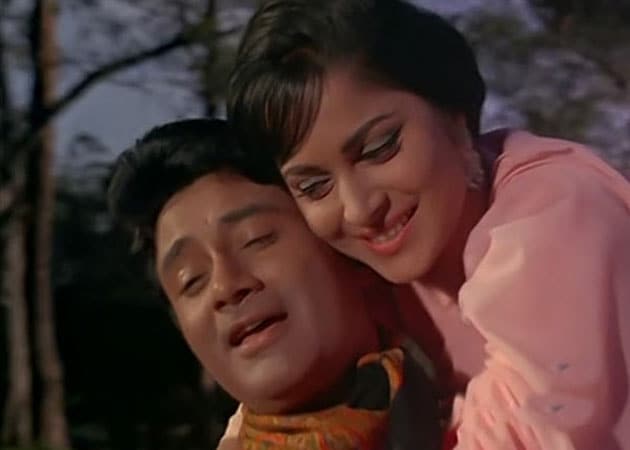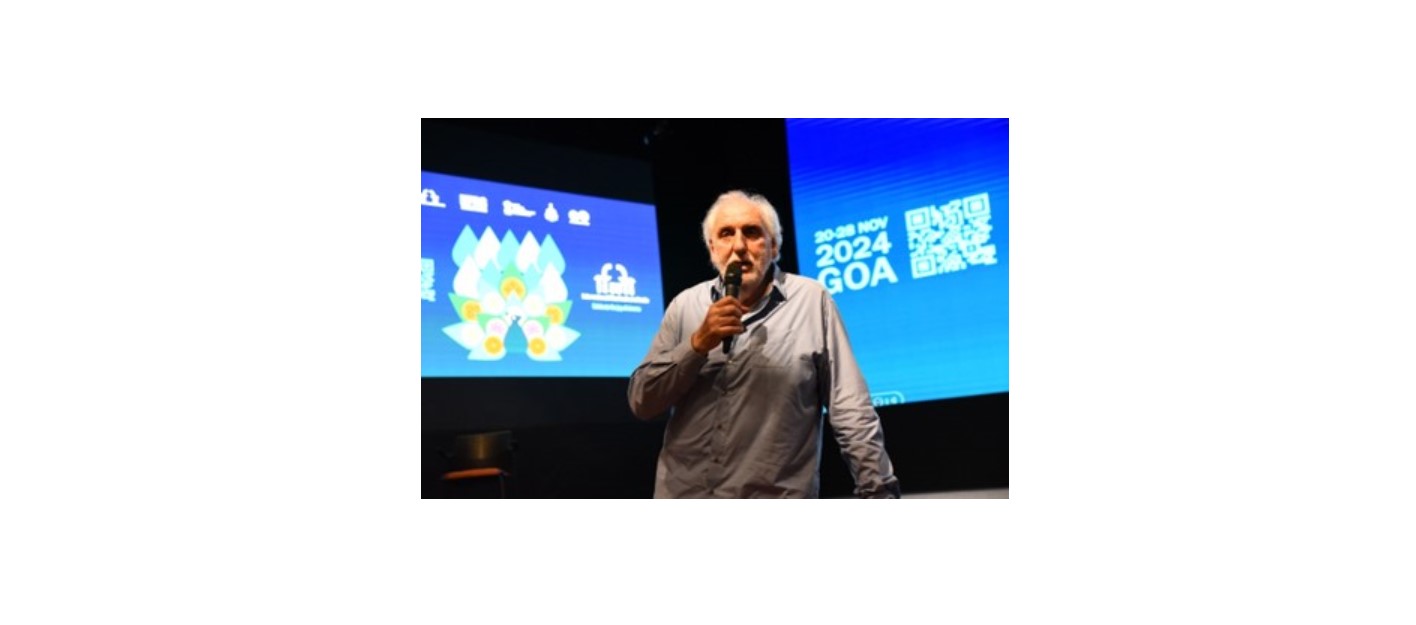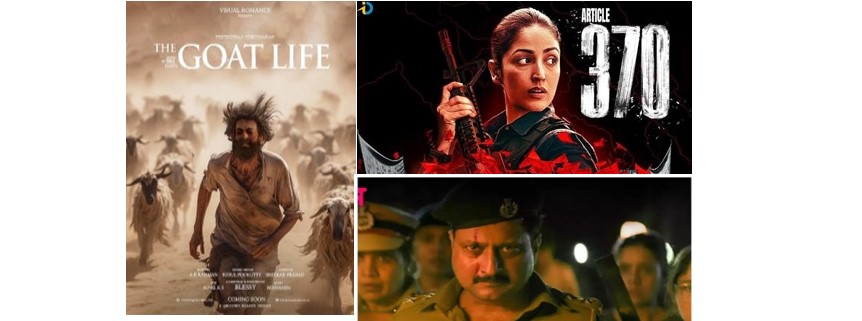Yesteryear movie gems such as ‘Barsāt Ki Rāt’, “C. I. D.” (1956), “Guide” (1965), “Jewel Thief” (1967), “Johny Mera Naam” (1970), “Bees Saal Baad” (1962), ‘Aghaat’ (1985), and many other Indian classics from various languages are coming back to the silver screen in 4K resolution decades after their theatrical release, thanks to a monumental restoration effort by National Films Development Corporation and the National Film Archives of India as part of the National Film Heritage Mission.
In a country as diverse and culturally rich as ours, the importance of preserving its cinematic heritage cannot be overstated. However, many of these cinematic gems, created by legendary actors and filmmakers, risk being lost to time due to the deterioration of film prints and a lack of proper preservation.
In this backdrop, efforts taken by the Information and Broadcasting Ministry to restore and preserve old classics as part of the National Film Heritage Mission deserves commendation and has rightfully received more than a handful. Celebrated Indian actress and the recipient of the Dadasaheb Phalke Award 2023, Waheeda Rehman, known for classics like Reshma Aur Shera, Guide, Chaudavi Ka Chand, among many other films shared her experience of watching a restored classic.
“I don’t like watching my own pictures (films), because one sees all the faults, but I was pleasantly surprised watching the restored version of Guide. After 60 years, it remains a sensible and mature picture that is also very entertaining. It was a special thrill watching it on the big screen with my daughter beside me,” she said.
“I don’t like watching my own pictures (films), because one sees all the faults, but I was pleasantly surprised watching the restored version of Guide. After 60 years, it remains a sensible and mature picture that is also very entertaining. It was a special thrill watching it on the big screen with my daughter beside me.”
Actor Waheeda Rehman
Renowned filmmaker Govind Nihalani who watched the restored version of his film Aghaat said, “Watching Aghaat was deeply satisfying. The sound quality, the color correction, the grain management; everything was outstanding. I am glad that the MIB and the NFDC-NFAI restored my 35mm film Aghaat.”
The National Film Heritage Mission, launched in 2015, is a government initiative under the aegis of the Ministry of Information and Broadcasting. Its primary objective is to preserve, conserve, and digitize India’s vast cinematic heritage. NFDC-NFAI has been instrumental in safeguarding and archiving India’s cinematic treasures, ensuring that future generations can access and appreciate the rich tapestry of Indian cinema. The NFHM is a massive undertaking that encompasses various aspects of film preservation, including the restoration of deteriorating films, digitization of film prints, documentation, and preventive conservation, all of which is carried out at the state-of-the-art restoration and digitization facilities at NFDC-NFAI’s Pune campus.
“A crucial aspect of the NFHM is the restoration of classic films. Many of the older film prints are in a state of decay due to the passage of time, improper storage, and various environmental factors. These films are in danger of being lost forever if not carefully preserved. Old and deteriorating prints are meticulously revitalized, ensuring that the films’ original quality is retained.”
Prithul Kumar, MD, NFDC
In the coming months, many other significant films in a variety of languages would be restored as part of NFHM. Speaking about the process of film restoration and digitization, Prithul Kumar, MD, NFDC, said, “A crucial aspect of the NFHM is the restoration of classic films. Many of the older film prints are in a state of decay due to the passage of time, improper storage, and various environmental factors. These films are in danger of being lost forever if not carefully preserved. Old and deteriorating prints are meticulously revitalized, ensuring that the films’ original quality is retained.”
He also pointed out that one of the key components of NFHM is the digitization of films. This process involves scanning and converting analog film prints into digital formats, which not only ensures their long-term preservation but also makes them accessible to a wider audience. The digitization process allows for easier restoration and distribution of classic films, making them available for future generations.



